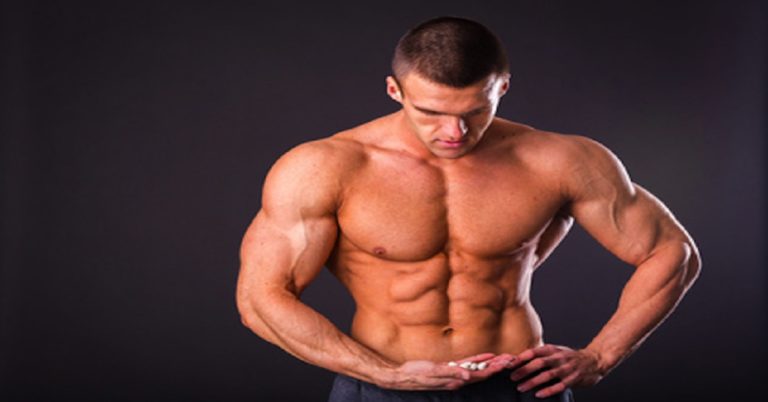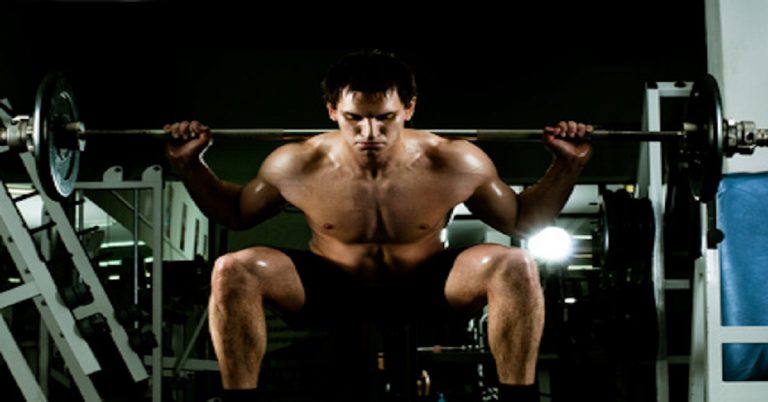Various opinions will always exist on any form of training. Balance, agility, and plyometric training are no exceptions. Let’s take a look at what some of the experts have to say about them. The Role of Balance in Sport According to a former professor of mine, Dr. Tudor Bompa, balance has never been perceived as…
About 10 years ago, I had a conversation with a well-respected orthopedic surgeon known as “the knee guy” in the Greater Toronto Area. He was about to see a patient who had undergone 10 knee surgeries and was seeking yet another one. In the surgeon’s words: The buck stops here. Each surgery performed complicates the…
Should athletes train strength and power on the same day or alternate days? The best approach depends on the goal. A study published in the Journal of Strength and Conditioning Research found that alternating strength and power training on separate days led to greater improvements in lower-limb and whole-body power, while training them on the…
I came across this unique abdominal exercise about a decade ago in The Bodybuilding Truth by Nelson Montana. According to Montana, abdominal development is largely genetic, and traditional movements like sit-ups and leg raises are more effective for the psoas (hip flexors) than for the abs. He argues that the abdominals respond best to contraction…
During high-intensity training phases, a lower training volume means less energy expended. It’s important to adjust your calorie intake accordingly—otherwise, you risk storing excess calories as body fat. One way to manage this is by reducing carbohydrate intake, particularly post-workout. In fact, if body composition is a concern, you can skip post-workout carbs entirely and…
A great way to structure strength training is by pairing antagonist (opposing) body parts or movement patterns. This method helps increase range of motion, promote muscle balance around a joint, enhance recovery between sets, and ultimately improve performance—all of which lead to better results. Some common antagonist pairings include: Now, here’s a question for you:…
Q: After a workout last Wednesday I came home and immediately fell asleep. Upon awakening I found myself unable to breathe. For the next three days I was very ill with quite severe respiratory distress and was pretty much bedridden. Sunday I woke up feeling much better so I decided to do my Saturday workout…
“There’s nothing sexy whatsoever with good old-fashioned weight training!” – Charles Staley Strength coach and athlete Charles Staley made this point during an interview on the Super Strength Show. He believes that, to an outsider, weight training seems boring. “That’s why you can’t make a reality show out of it,” he says. “If you try…
In this article, we’ll explore how strength training can improve posture. I won’t bore you with why so-called “ideal” posture is important—you can read my article Woman’s Posture from a Man’s Perspective for that—but I will offer practical tips to correct poor posture. Addressing Muscle Imbalances for Better Posture Effective corrective exercise should focus on:✅…
The bench press is one of the most popular exercises in the gym, but how many people train the opposite movement? Think about what happens to your shoulders and posture after weeks, months, or even years of pressing without balancing it with pulling exercises. Over time, this imbalance can lead to poor posture and shoulder…










